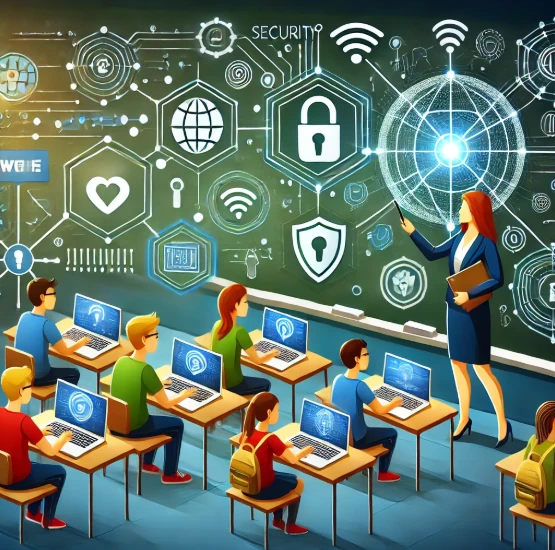“Being digitally literate isn’t optional anymore—it’s the passport to participation in today’s world.”
According to the World Economic Forum, digital literacy ranks among the top ten skills required for future jobs. But let’s be honest—how many students (or teachers) can confidently define it, much less teach it effectively?
Here’s the truth: digital literacy goes far beyond knowing how to use a smartphone or Google something. It’s about understanding how information flows, why certain media shape opinions, and what tools can empower real-world problem-solving.
If you're an educator, student, or working professional, your ability to critically evaluate online content, collaborate using digital tools, and communicate ideas clearly in tech-driven environments—that’s your edge.
We’re not talking about trendy apps or software fads. We’re talking about building practical digital literacy skills that stay relevant no matter how fast technology evolves.
This lesson will break down what digital literacy means today.
You’ll get real examples.
Simple frameworks.
And clear strategies to apply in school, at work, and in your everyday digital life.
Let’s unpack what it takes to thrive in a world that’s not just online—but always connected.
What Is Digital Literacy?
Digital literacy refers to the ability to effectively use digital tools, platforms, and information to communicate, create, and solve problems. It’s more than just knowing how to operate a device; it involves critical thinking, ethical use of technology, and the capacity to adapt to new digital environments.
Essential Digital Competencies for Students
- Critical Thinking: The ability to evaluate online information for credibility, bias, and accuracy.
- Online Communication: Knowing how to engage respectfully and effectively in digital conversations.
- Collaboration Tools: Proficiency in using platforms like Google Workspace or Microsoft Teams for teamwork.
- Cybersecurity Awareness: Understanding how to protect personal information and avoid online threats like phishing scams.
- Digital Creation: Skills in creating digital content, including videos, presentations, and websites.
- Adaptability: The capacity to learn and adjust to new digital tools and platforms quickly.
How Educators Can Integrate Digital Literacy into the Curriculum
Educators play a pivotal role in developing students’ digital literacy. Here are some practical strategies:
- Incorporate Real-World Scenarios: Use case studies and real-life examples to teach digital problem-solving skills.
- Teach Ethical Use: Include lessons on digital citizenship, focusing on respectful communication and responsible technology use.
- Leverage EdTech Tools: Introduce platforms like Kahoot, Quizlet, and Canva to make digital learning engaging.
- Encourage Collaboration: Assign group projects that require students to use digital tools for teamwork.
- Host Cybersecurity Workshops: Educate students on safeguarding their digital identities and understanding online threats.
The Role of Parents and Guardians
Parents and guardians also play a critical role in supporting digital literacy. Encouraging balanced screen time, monitoring online activities, and engaging in conversations about technology use are key steps to fostering healthy digital habits at home.
Final Thoughts
In a world where technology is intertwined with every aspect of life, digital literacy has become a cornerstone of success. By equipping students with the skills they need to navigate and thrive in the digital age, educators are not just preparing them for the classroom but also for the future.
The journey toward digital literacy is ongoing, but with intentional teaching strategies and supportive communities, we can empower the next generation to be responsible, skilled, and innovative digital citizens.

No comments yet. Be the first to share your thoughts!